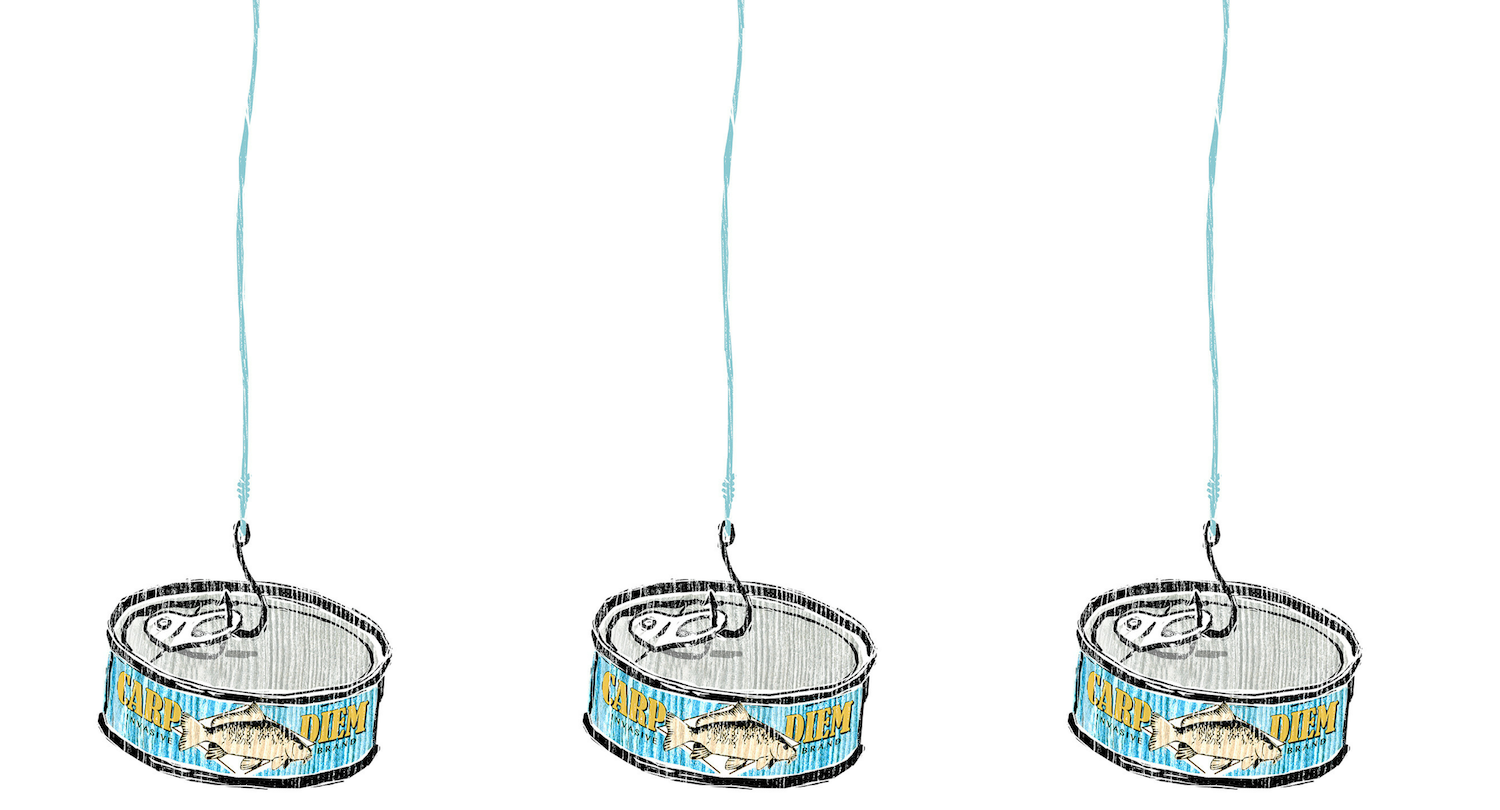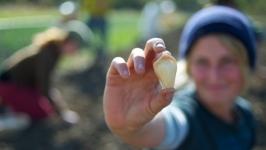Carpe Diem: Overcoming a Fish’s Bad Reputation
At first glance, it looks like the miracle fish:
It’s tasty and a staple of world cuisine. It’s abundant, so much so that you can catch and eat as many as you like, year round. And eating it provides a valuable ecological service in Southern Idaho.
The catch? The name of the fish is carp. And that name alone causes people to crinkle up their nose. “Who wants to eat a bottom-feeder? Don’t they taste like mud?”
The carp is a fish in serious need of a public relations firm. It wasn’t always so.
In Europe and Asia, carp have been regarded as a luxury food and popular sport fish for millennia. When Europeans immigrated to America, they missed their favorite fish, and so they began importing and releasing them. As is so often the case when species are introduced to a new place, this proved to be an ecological disaster.
The carp proliferated. They damaged habitat for native fish and waterfowl. They churned up wetlands into a muddy mess. A later wave of Asian carp would gain fame for their habit of jumping into the air when alarmed, sometimes knocking unlucky boaters unconscious upon impact.
Through the carp invasion, their reputation as fine table fare suffered. They became known as “trash fish.”
“People associated them with immigrant food and they fell out of favor,” said Boise resident Erik Kingston. “Truthfully, I’d take a fresh-caught carp over trout any day.” Kingston should know. He’s had trout, in his words, “every which way.” While living in Utah, he also helped run a fishing co-op that provided fresh carp for the local refugee community.
The co-op would net carp out of wetlands owned by an area duck hunting club. Those ponds were fed by mountain snow runoff, so the water was clean. After capture, the carp were held in small pools for a couple of weeks.
“Water quality is key,” said Kingston. “It matters a lot what they’ve been eating. After being in freshwater tanks for a couple of weeks, they lose any off-flavor.”
Kingston noted that carp remains a popular food fish in most of the world. In fact, the Food and Agriculture Organization of the United Nations estimates that carp account for 14 percent of food fish produced by freshwater aquaculture.
Carp are thriving in some waters of southern Idaho. Could they become a food fish here?
Lake Lowell near Nampa contains an estimated five million pounds of carp, according to the Idaho Department of Fish and Game (IDFG). As early as the 1950s, the department encouraged commercial fishing of the resource, but it never put a dent in the population.
More recently, with new knowledge of carp habits, the agency thought that commercial netting could make a difference. Although many people are concerned that carp carry toxins, lab testing showed that carp from Lake Lowell were safe to eat.
“Carp had lower mercury levels than what we see in most sport fish,” said Joe Kozfkay, regional fisheries manager for IDFG. “That’s because they feed mostly on invertebrates, low on the food chain.”
Kozfkay had interest from commercial fishers and processors, including Australian fish processing company K&C Fisheries. They sell a variety of carp products globally, including carp fillets, eggs and even milt (fish semen), an ingredient in a popular Czech soup.
Last year, a commercial fisher attempted netting Lake Lowell and ran into challenges: the net broke and it was difficult to bring fish to shore. Plus there is still no nearby processing facility.
“There are hurdles we need to overcome to make anything real happen,” said Kozfkay.
Even if they succeed, those carp will all be destined for foreign markets. So what about local carp?
Kozfkay acknowledged that carp are tasty.
When the Australian fish processor visited, they caught carp and served sushi in the parking lot. “It was a mild fish,” said Kozfkay. “You wouldn’t know it was carp.”
His department once put out a booklet on eating carp, including recipes, but it attracted little interest. Across the country, a movement of “invasivores”—those who eat destructive, non-native species—has encouraged people to eat carp, and even hosted celebrity chef events. But that movement has gained little traction.
“When we check anglers on Lake Lowell, I have not once seen someone keeping a carp,” he said. “It is one of the most popular food fishes in the world, but here the prejudices against eating them are huge.”





